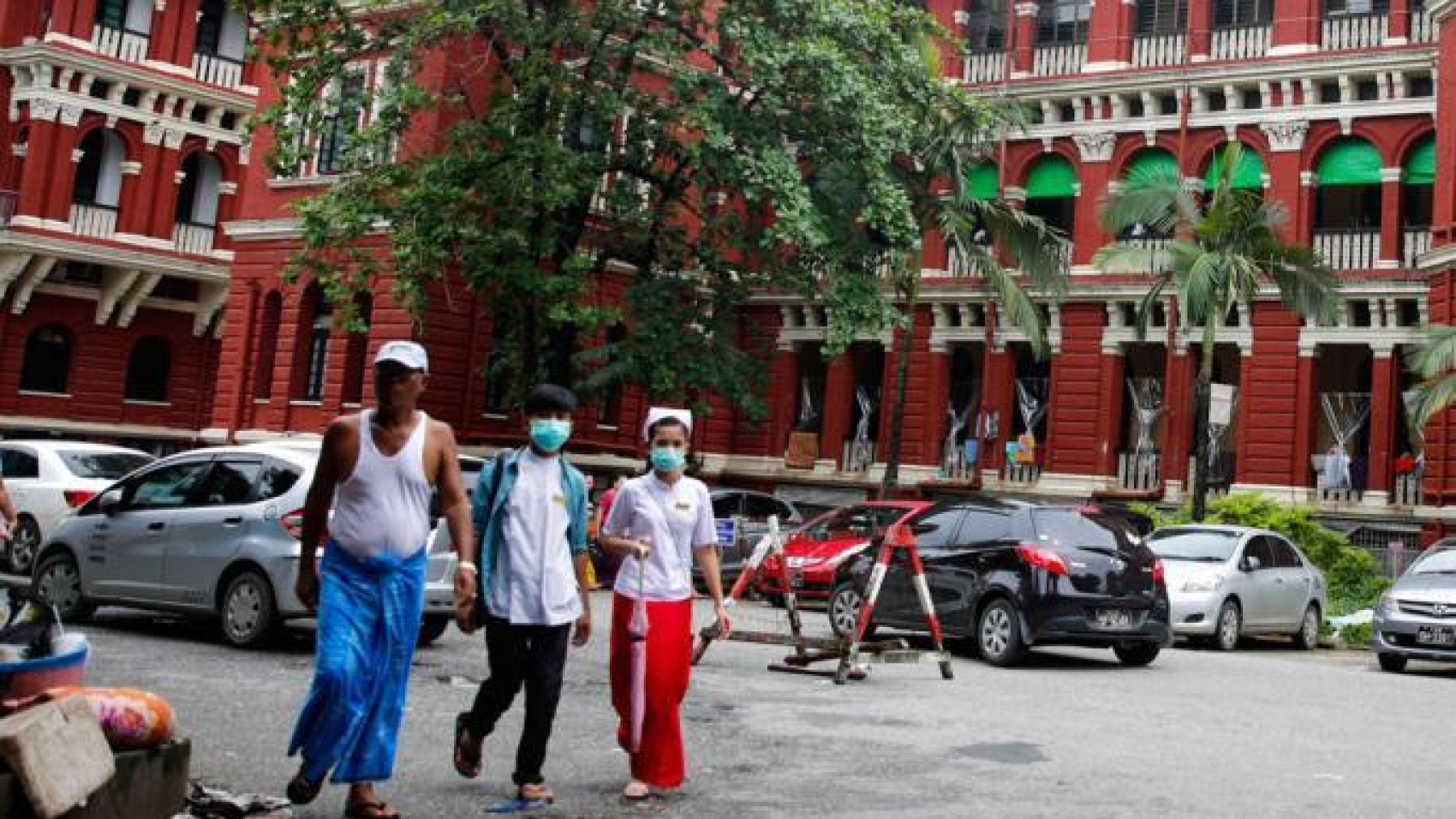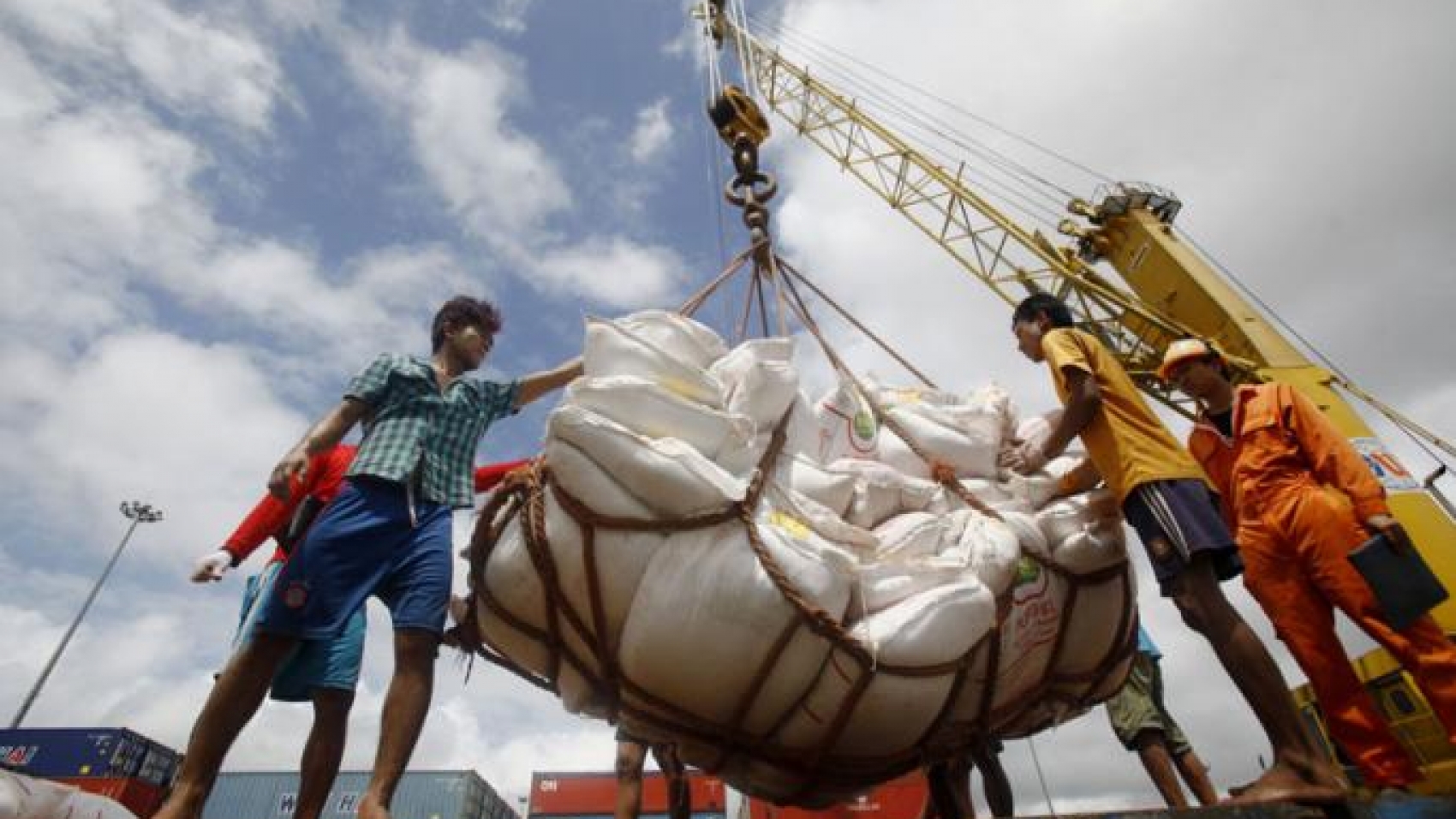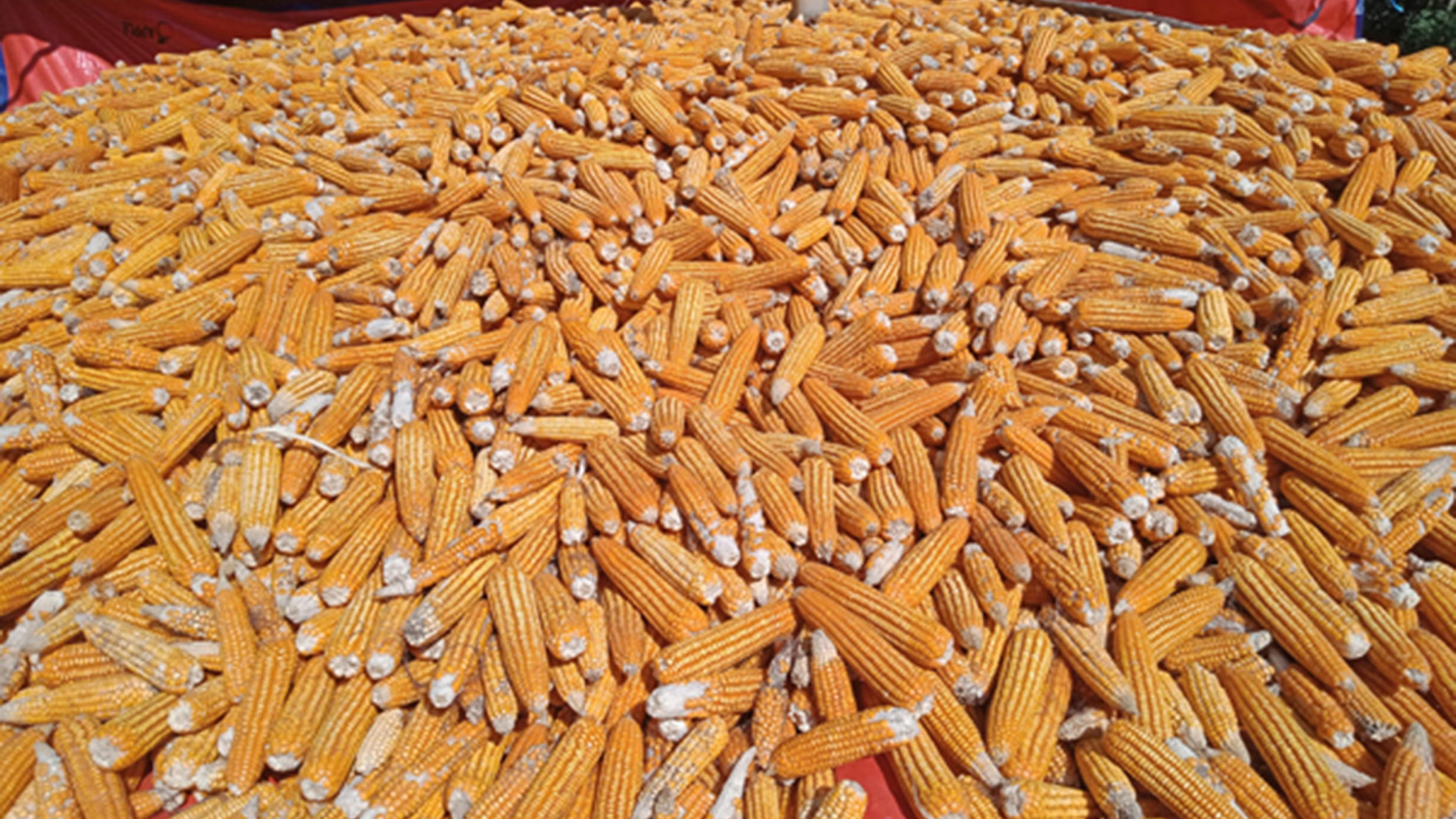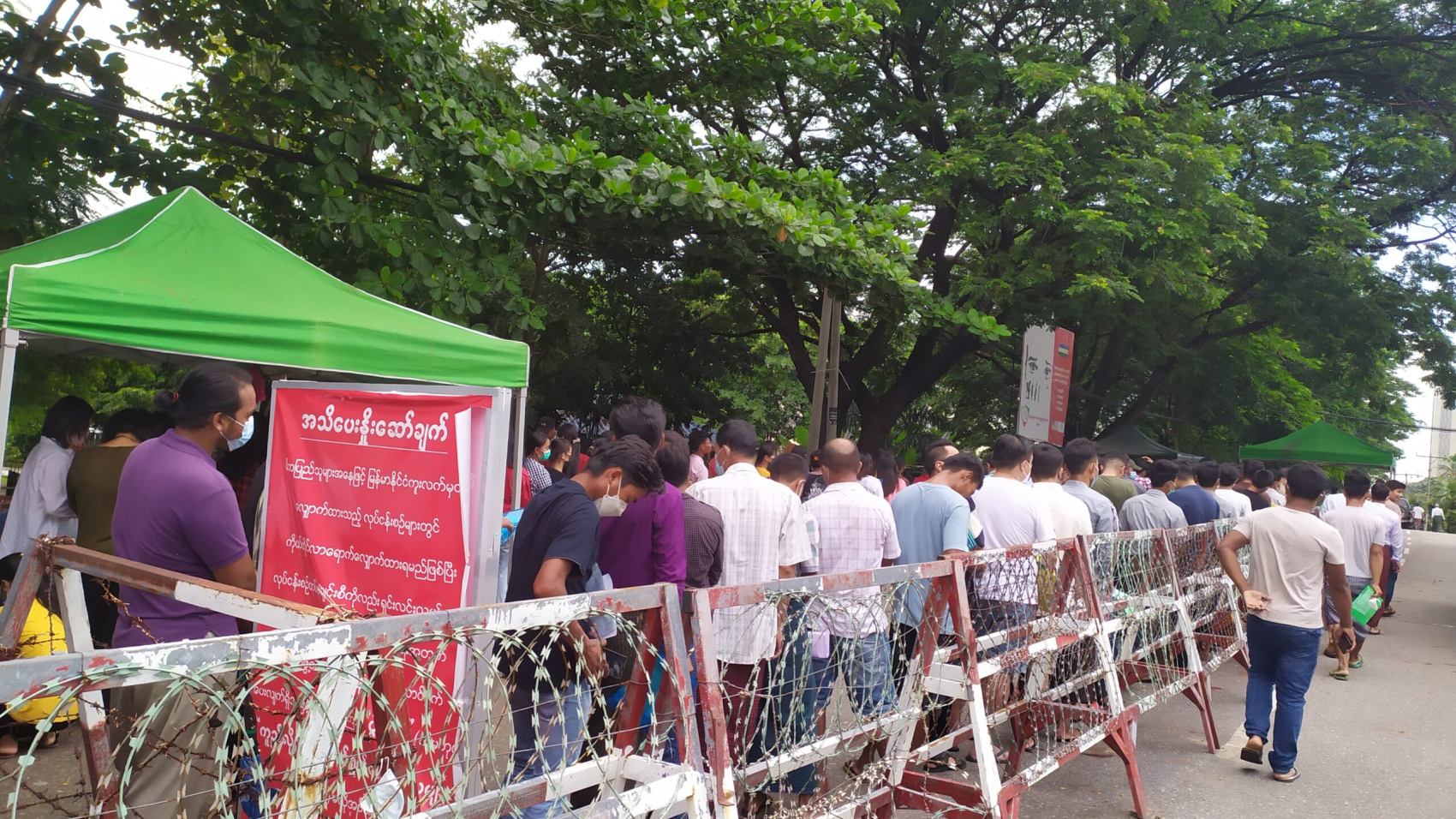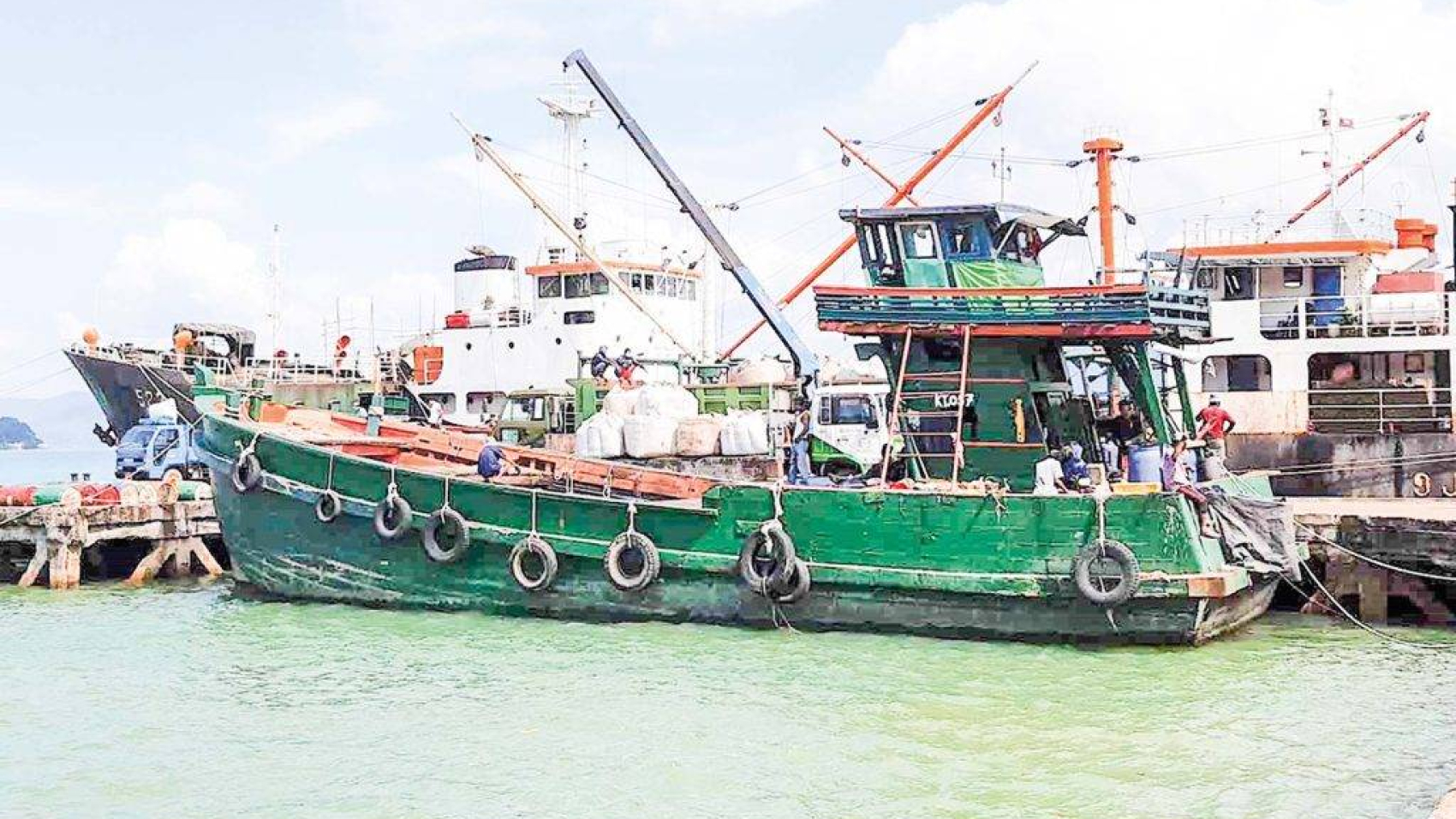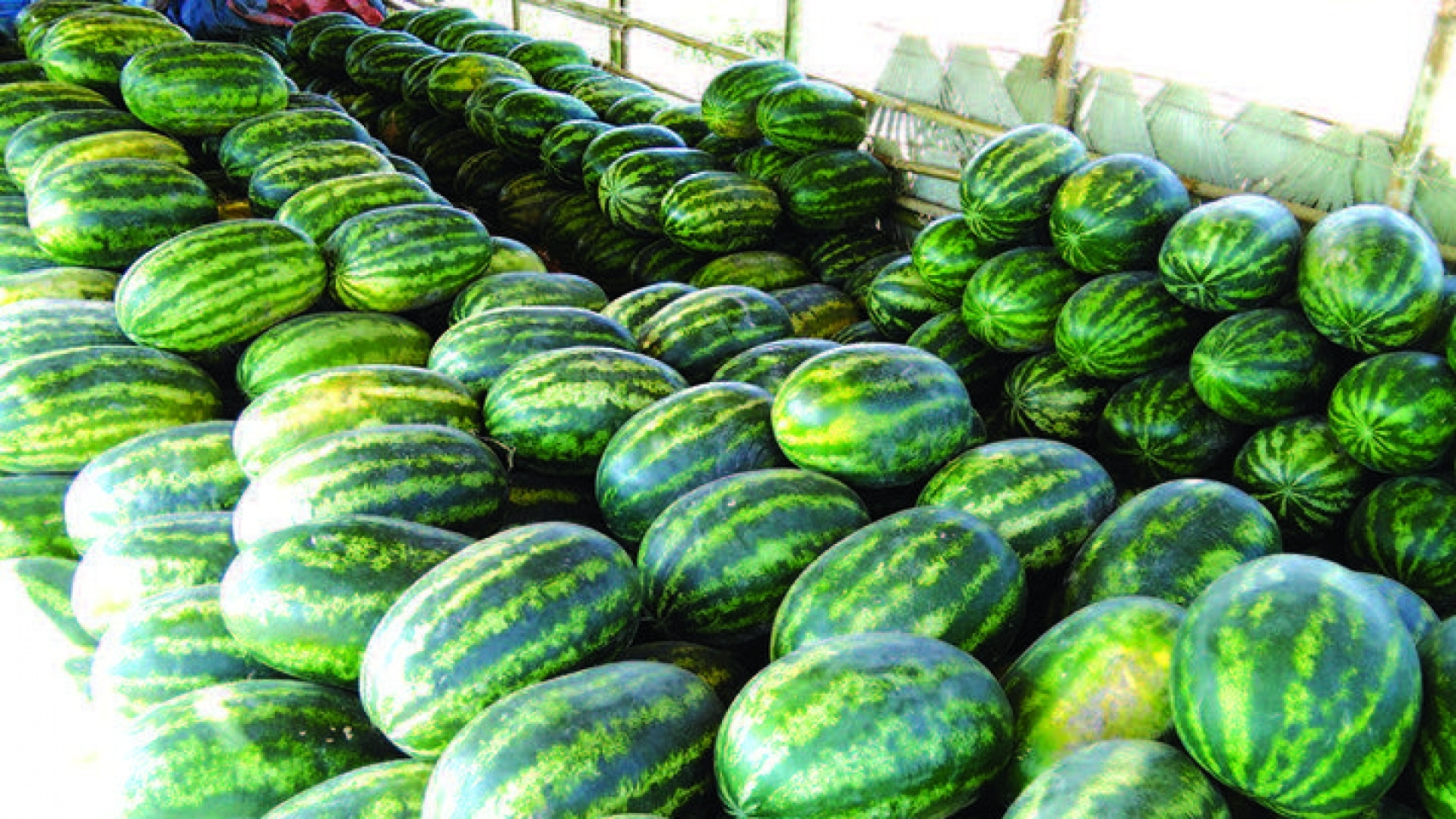The price of corn declined amid weak demand from foreign trade partners, according to Yangon Region Chambers of Commerce (Bayintnaung Wholesale Centre). The price has been stable at K1,300 per viss since the end of January. The price moved slightly down by K20 per viss on 25 February. At present, the domestic market has a bustling trade activity. Myanmar sends corn to China and Thailand via border posts.
Myanmar shipped corn to China, India, Thailand, Viet Nam and the Philippines, according to Myanmar Corn Industrial Association. China is purchasing Myanmar’s corn through cross-border trade under the opium substitution programme. Legitimate corn trade between Myanmar and China commenced at the end of 2022. A total of 112 companies have been given the go-ahead for corn exports.
Thailand gives green light to corn imports under zero tariff (with Form-D), between 1 February and 31 August. However, Thailand imposed a maximum tax rate of 73 per cent on corn imports to protect the rights of their growers if the corn is imported during the corn season of Thailand. The directive released on 30 June said that transactions for the exports of agricultural products including corn, rice, bean and oil crops are to be made in dollars instead of Yuan-Kyat/Baht-Kyat.
Therefore, 65 per cent of export earnings (US dollars) of the corn have to be exchanged according to the reference rate of the Central Bank of Myanmar (K2,100). Nonetheless, there is a large gap between the regulated rate and the unauthorized rate of the US dollar (over K2,880). Nonetheless, as per the meeting 66/2022 of the Foreign Exchange Supervisory Committee, export earnings of some items can be made in Chinese Yuan and Thai Baht in addition to the US dollar.
The CBM’s notice dated 18 November takes effect on those export items; various pulses (green gram, black gram, chickpea, pigeon pea), edible oil crops (peanut, sesame seeds), corn, rubber, fishery products (fish, shrimp, crab, eel) and livestock products (live cattle, hides, frozen meat, dried meat). The traders need to apply for a licence to make Yuan or Baht payments.
According to the US dollar policy, 65 per cent of earnings must be exchanged for local currency at the CBM’s reference foreign exchange rate, while exporters can use 35 per cent of export earnings or transfer or sell them to Authorized Dealers or others with an over-the-counter rate within 30 days, the CBM announced.
Myanmar exported 2.3 million tonnes of corn to foreign trade partners in the 2020-2021 financial year. The majority of them were sent to Thailand and the remaining went to China, India and Viet Nam. At present, corn is cultivated in Shan, Kachin, Kayah and Kayin states and Mandalay, Sagaing and Magway regions. Myanmar has three corn seasons- winter, summer and monsoon. The country produces 2.5-3 million tonnes of corn every year.
Source: The Global New Light of Myanmar

